Drugstore Cowboy
- 7.2
- Crime
- 1989
- 1h 40m
- PG-13
directed by Gus Van Sant and starring Matt Dillon, Kelly Lynch, James Le Gros, and Heather Graham, is a groundbreaking neo-noir crime drama that explores addiction, love, and self-destruction in the gritty streets of the 1970s Pacific Northwest. Hailed as one of the defining films of independent American cinema, it delivers a raw portrait of drug culture, morality, and the struggle for redemption.

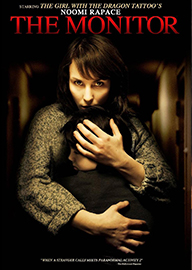
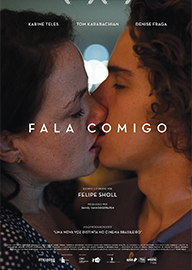
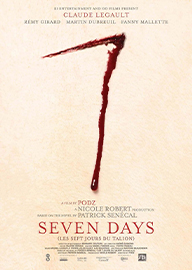
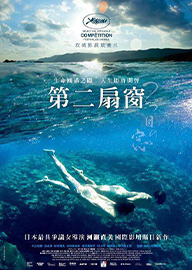
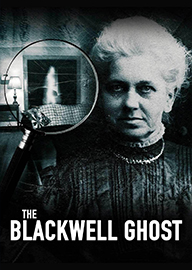
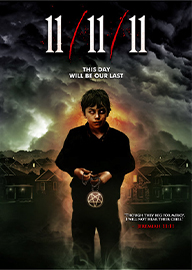
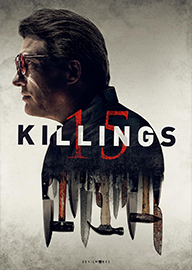
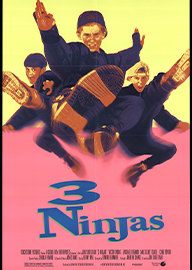
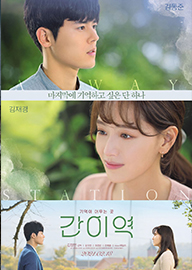
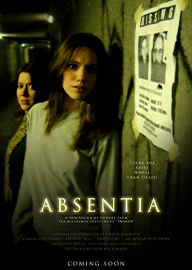
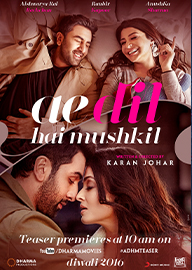
Comments
0Reviews
0Summery
1Please sign in to comment.
Please sign in to review.
Drugstore Cowboy (1989) stands as one of the most significant works in American independent cinema, a film that not only showcased Gus Van Sant’s early mastery of storytelling but also elevated the crime-drama genre by presenting addiction and criminality with an unflinching realism that avoided the clichés of both Hollywood glamorization and heavy-handed moralizing. Set in the early 1970s and adapted from James Fogle’s autobiographical novel, the film follows Bob Hughes, played with intense authenticity by Matt Dillon, as the leader of a small group of junkies who fund their heroin habits by robbing pharmacies. Rather than presenting them as cartoonish criminals or romantic anti-heroes, Van Sant paints them as deeply human, flawed individuals living within the margins of society, governed as much by superstition and addiction rituals as by law or morality. The opening scenes immerse us directly into their world, with Bob narrating his philosophy of survival and addiction, pulling the audience into the claustrophobic cycle of drugs, paranoia, and criminal enterprise that defines their existence. The rawness of the film is heightened by its observational style, stripped-down cinematography, and refusal to sensationalize the characters’ lives, making it a landmark in the rise of American indie cinema in the late 1980s.
Matt Dillon’s portrayal of Bob Hughes remains one of the defining performances of his career, marking a sharp turn from his earlier teen-idol roles into mature, challenging work. As Bob, he embodies the contradictions of a man who is intelligent, quick-thinking, and charismatic yet trapped in the relentless grip of heroin dependency. His leadership of the group is not based on strength or loyalty but on his ability to navigate the world of crime and drugs with an instinctual cunning. Dillon captures the constant oscillation between confidence and desperation, showing Bob as a man who can strategize a robbery with precision but falls apart in the face of his own fears and superstitions. The rituals and omens that dominate his thinking—such as his conviction that leaving a hat on a bed brings bad luck—demonstrate the psychological fragility of someone who must invent control mechanisms in a world where he truly controls nothing. Kelly Lynch, as his wife Dianne, provides a perfect counterbalance: her performance blends toughness and vulnerability, showing how love and loyalty are interwoven with codependence and denial. Together, Dillon and Lynch create a portrait of a marriage built on drugs, crime, and shared delusions, yet also infused with genuine emotion, which makes their downward spiral even more devastating.
The supporting cast deepens the film’s texture, with James Le Gros as Rick, the loyal but somewhat dim-witted sidekick, and Heather Graham in one of her breakout roles as Nadine, a young and inexperienced member of the crew whose tragic fate underscores the dangers of the lifestyle. Nadine’s overdose is a pivotal moment in the film, one that forces the characters—and the audience—to confront the inevitable consequences of their reckless existence. The introduction of William S. Burroughs as Tom the Priest, a reclusive former junkie who speaks with prophetic gravitas about the cycles of addiction and the futility of escape, adds a haunting literary weight to the film. Burroughs, a countercultural icon and author of Naked Lunch, was himself a figure who embodied the collision of art, drugs, and rebellion, and his presence lends the film an authenticity and authority that transcends fiction. His brief but powerful performance resonates as a ghostly warning, suggesting that Bob’s story is part of a larger continuum of addicts, outlaws, and lost souls caught in the same endless repetition.
Van Sant’s direction balances gritty realism with moments of poetic surrealism, creating a unique atmosphere that feels both documentary-like and dreamlike. The film captures the drab motels, seedy drugstores, and bleak highways of the Pacific Northwest with a painterly eye, evoking a sense of place that is integral to the characters’ identities. The robberies themselves are staged not as thrilling set pieces but as tense, awkward, and often absurd events, highlighting the incompetence and desperation of the crew. The editing rhythm mirrors the characters’ drug cycles: moments of frenetic activity followed by languid stretches of lethargy. This structure immerses the viewer in the ebb and flow of addiction, allowing them to experience the highs and lows not through didactic exposition but through visceral cinematic form. The minimal soundtrack, punctuated by silence and ambient sounds, avoids glamorization, instead underscoring the emptiness of the characters’ pursuits.
One of the most striking aspects of Drugstore Cowboy is its treatment of morality and redemption. Bob is not a character easily labeled as good or bad; he exists within a gray zone where his actions are shaped by addiction, superstition, and survival. Yet as the film progresses, especially after Nadine’s death, Bob begins to glimpse the possibility of change. His attempts to break free from the cycle of crime and drugs are portrayed with ambiguity—neither fully celebrated nor dismissed. Van Sant avoids offering a clean resolution, instead leaving the audience with the unsettling reality that recovery and redemption are fragile, uncertain, and fraught with setbacks. This refusal to tie the story into a neat moral package is part of what gives the film its enduring power, as it reflects the complexities of real human lives rather than conforming to cinematic formulas.
When Drugstore Cowboy premiered, it was hailed by critics as a breakthrough for Gus Van Sant and a turning point in American independent cinema. It brought attention to themes and voices often ignored by mainstream Hollywood, paving the way for the 1990s indie boom that would see directors like Quentin Tarantino, Richard Linklater, and Steven Soderbergh rise to prominence. The film’s critical success also revitalized Matt Dillon’s career, proving his capacity for serious dramatic roles and positioning him as one of the most respected actors of his generation. Beyond its industry impact, the film resonated with audiences for its honesty and its refusal to condescend to its subjects. Unlike the "Just Say No" era propaganda or the stylized glamor of crime films, Drugstore Cowboy presented addiction with empathy and nuance, showing addicts as people with dreams, fears, and humanity, even as they destroy themselves and those around them.
Decades later, Drugstore Cowboy retains its relevance as both a period piece and a timeless study of addiction and morality. Its depiction of the 1970s drug scene in the Pacific Northwest serves as a historical snapshot, but its exploration of human frailty, superstition, and the longing for redemption continues to resonate. The film is frequently studied in film schools for its narrative economy, character-driven storytelling, and its place within the history of independent cinema. For audiences, it remains a haunting, unforgettable experience that lingers long after viewing, challenging them to reflect on the blurred lines between crime and survival, love and codependence, destruction and redemption.